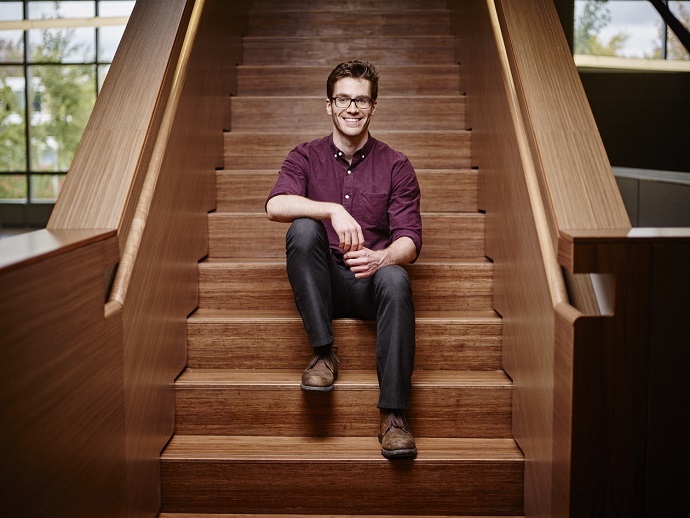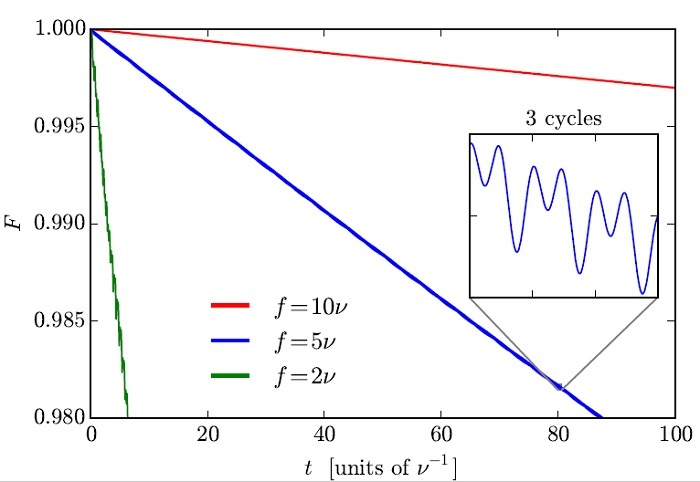May 04, 2016
Researchers from the Department of Applied Mathematics and the Institute for Quantum Computing at the University of Waterloo have developed a versatile new way of controlling quantum systems that can affect the reliability of experiments.
To develop quantum technologies, it is critical to first build capabilities to control extraordinarily fragile quantum systems. The team from Waterloo found a way to control a quantum system without exposing it to vibration or other interference.
The new technique was published in Physical Review A.
“The idea is to avoid interacting with a quantum system directly,” said David Layden, a master’s student in the Faculty of Mathematics at Waterloo and lead author of the paper. “Instead, you introduce a second, so-called auxiliary quantum system, such as an atom, for example. You then manipulate it and use it to indirectly affect, and ultimately control, the main system.”

David Layden, a graduate student at Waterloo, led a study that found a new way to work with quantum systems without exposing them to vibrations.
Researchers have already used indirect approaches to manipulating quantum systems in several different experiments. But the techniques they used differed based on the particular laboratory setup involved. Each new type of experiment required a different technique.
Now, the Waterloo researchers’ one-size-fits-all method of indirectly controlling quantum systems is applicable to any experiment. It involves soft, frequent touches to the main system from the auxiliary one, which allow researchers to freely steer a quantum system while keeping its quantum nature intact.
“These touches are strong enough to fully control the target quantum systems, but short enough to avoid destroying their quantum properties,” said Professor Eduardo Martin-Martinez, of both the Department of Applied Mathematics and Institute for Quantum Computing at Waterloo, and a co-author of this work.
“To achieve this level of control, we must use an auxiliary system that also possesses quantum properties,” said Professor Achim Kempf, University Research Chair in the Department of Applied Mathematics at Waterloo, and co-author of the study.
The new technique could play an important role in a number of quantum technologies, which in turn, promise to impact a wide range of fields, from high performance computing to pharmaceutical drug discovery.













